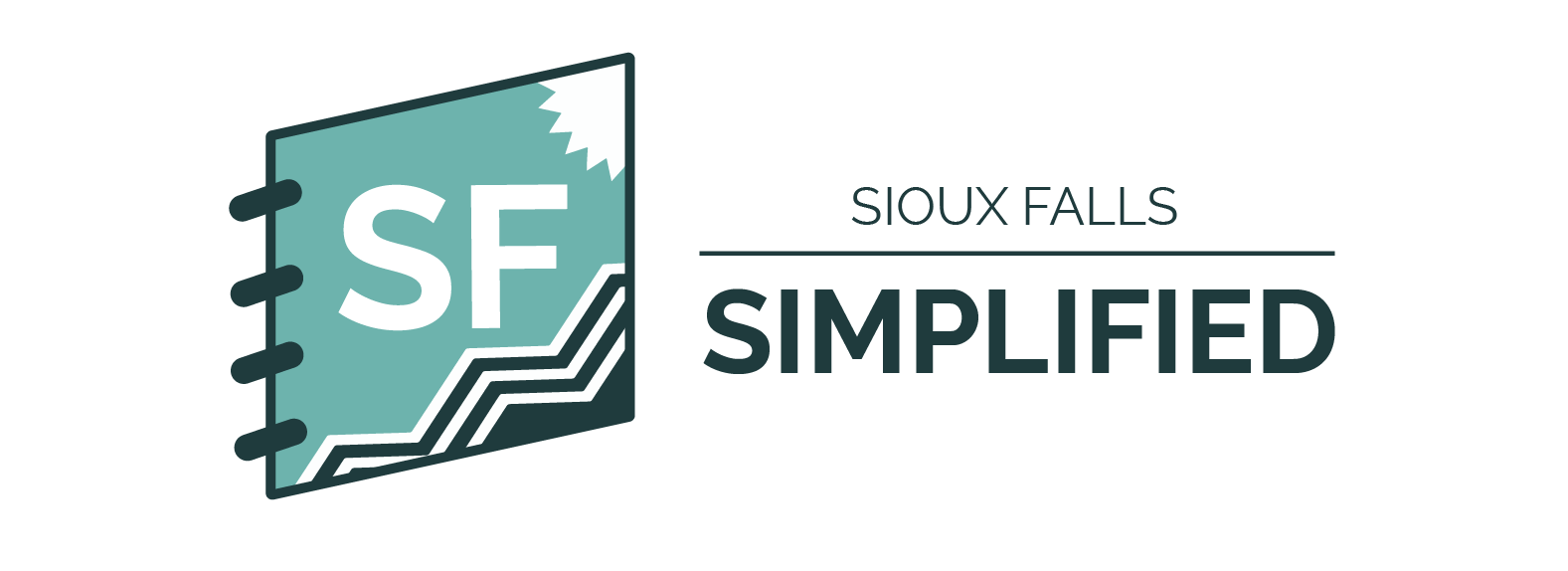Simplified: In the course of a year, Mayor Paul TenHaken went from talking about the Riverline District as a potential site for sports stadium to laying out plans for a large-scale, state-of-the-art convention center. A consultant report obtained by Sioux Falls Simplified helps shine some light on what happened in-between.
Why it matters
- The report shows that a convention center was one of several options researched by an out-of-state consultant for the Friends of the Riverline District committee. Other options included a baseball stadium, a soccer stadium or a multipurpose indoor recreation center.
- Of those options, a convention center promised the most additional tax revenue for the city – but it was also listed as the least accessible to all and the most expensive by a significant margin.
- Before anything moves forward with the Riverline District, the city is likely facing months, if not years of work, further research and funding questions. Ultimately, it'll probably come down to a public vote, TenHaken told Sioux Falls Simplified.
- The mayor also noted that he hasn't heard from anyone that the existing convention center is in a good location.
"People realize if we could un-ring that bell, we would put it downtown," TenHaken said. "We have a chance to do that."
Set the scene – how did we get here?
It all started in January 2023 with a press conference in a packed-full Belbas Theatre at the Washington Pavilion.
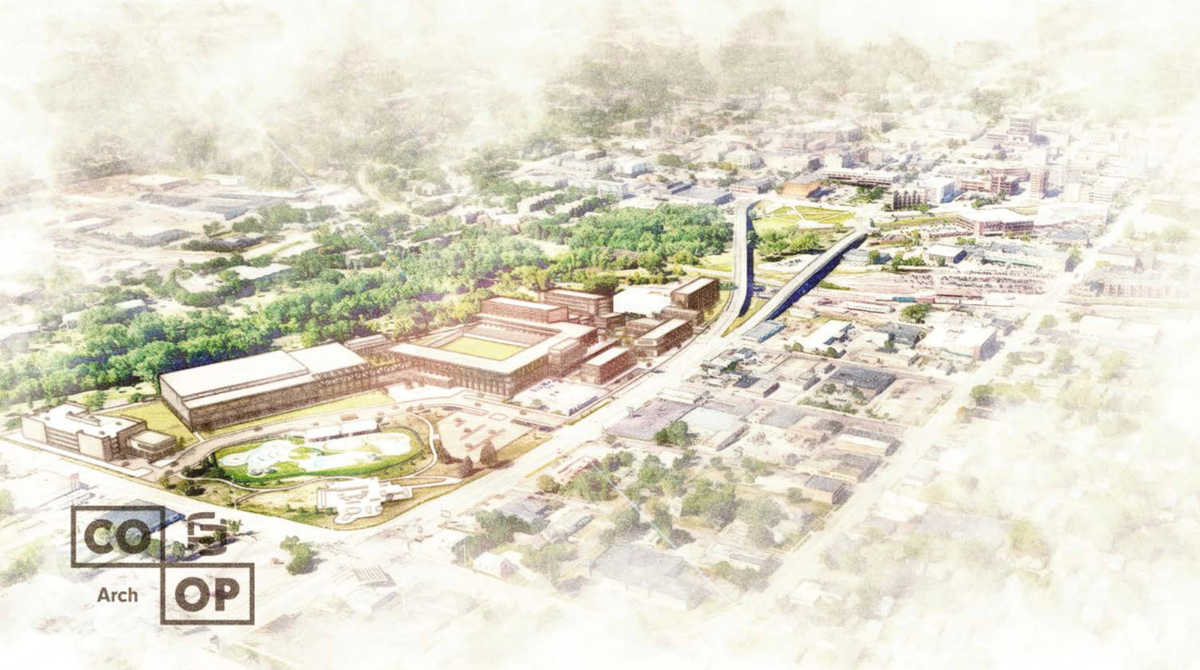
- At that time, the primary conversation was, essentially, "Hey, this land adjacent to downtown is on the market. The city could buy it and put something cool there. Thoughts?" (Not direct quotes, obviously, but you get the vibe).
- On stage with Mayor Paul TenHaken were the heads of the "Friends of the Riverline District" committee – Clickrain CEO Natalie Eisenberg and Southeastern Council of Governments (SECOG) President Lynne Keller-Forbes.
Additionally, the mayor hearkened to years past when there was a baseball field where the Department of Social Service building now stands on 10th Street near the viaduct. TenHaken also invited representatives from the soccer community to talk about what a sports stadium could mean for the neighborhood.
A public survey went out shortly after, and then the Friends of the Riverline District co-chairs declined interview requests from Sioux Falls Simplified several times over the next year – most recently a few weeks ago in regard to this story.
- The survey asked specifically about a sports stadium, and which sports would be best-suited for the Riverline District. It also asked about other amenities like restaurants, retail, park space, housing and indoor recreation.
- None of the survey questions mentioned a convention center.
Then what happened?
Ok, fast-forward to February 2024. Mayor Paul TenHaken calls another big press conference – this time with several dozen kids and a convention center meeting room full of games, toys and fruit snacks galore.
- It's at this point where he unveils the 2050 vision for the Riverline District – the first time the convention center plan is publicly discussed.
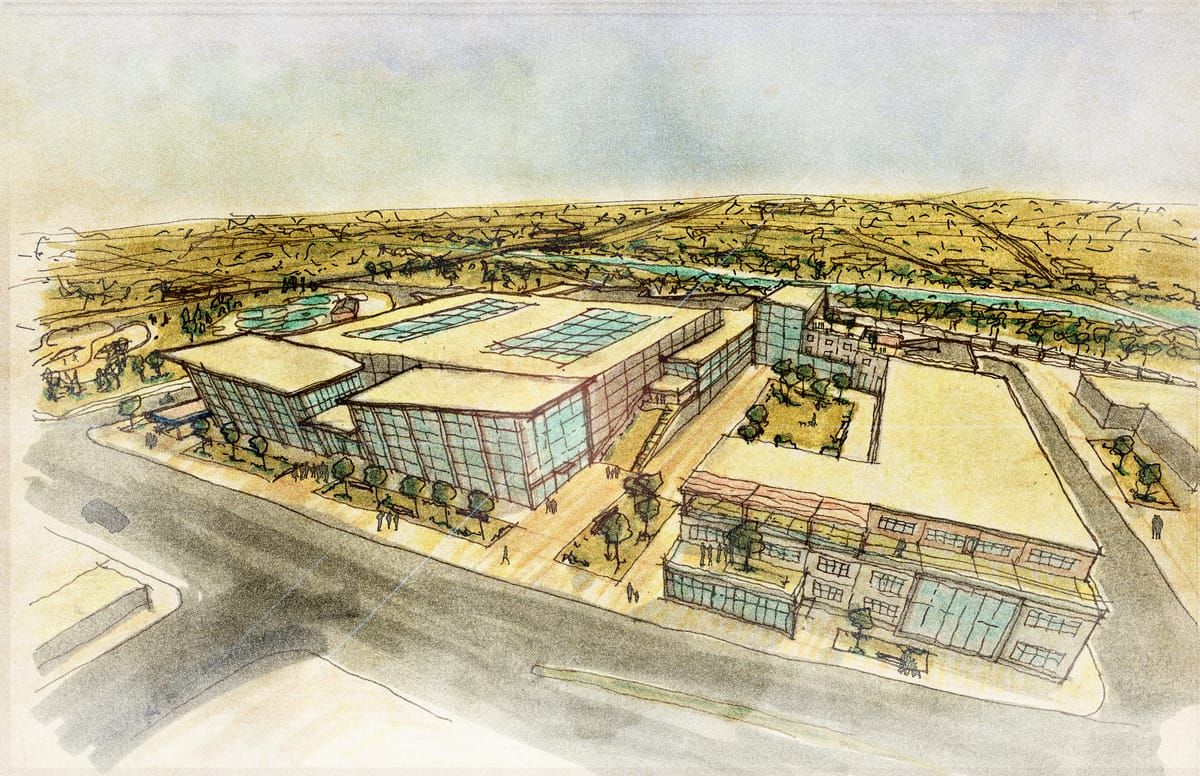
So where did the idea for a convention center come from?
Consultants.
In March 2023, the Friends of the Riverline District received an initial, 89-page report from Chicago-based C.H. Johnson Consulting outlining four potential "highest and best uses" of the land, but zeroing in on just two: a convention center, or a baseball stadium.
- A note: This report was not released publicly at the time because it was commissioned by the Friends of the Riverline, not the city, and paid for using private funds. A copy was given to Sioux Falls Simplified last month after an open records request.
Here's a closer look at how they evaluated the options for the Riverline District's 10-acre parcel of land:
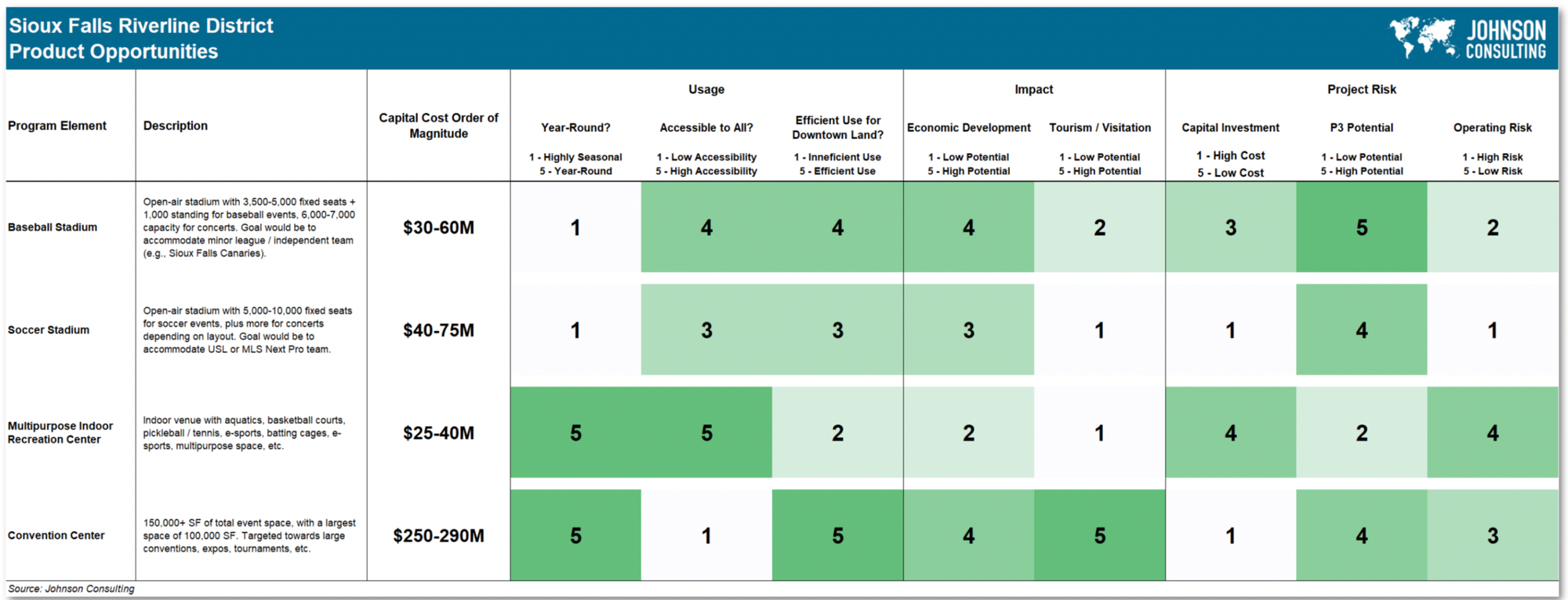
Ok, that's a lot of boxes to process, what's the TL;DR?
A 150,000-square-foot convention center received top marks as an efficient use for the downtown land, a driver of tourism and a facility with year-round usage.
- It also is the most expensive option – more than double (and in some cases more than quadruple) the general, rough estimates for the other options.
- A convention center is the least accessible to the general public. It's expected that many, if not most, of the people using the facility would be from out of town.
By comparison, a baseball stadium – though highly seasonal and less likely to attract tourists – showed the same level of potential for economic development, with a lower operating risk and a lower initial investment.
The report also recommended the city and Friends of the Riverline District look closer at one of those two options, and, for TenHaken, the choice was an easy one.
"It became just glaringly obvious that the highest and best use of this land would be a convention center – not just because we need one," TenHaken said. "The, probably, most important reason why a convention center makes sense is we would be able to repurpose the old space to fill another need (for indoor recreation)."
A couple weeks after TenHaken's February 2024 announcement, the Sioux Falls City Council approved a $204,000 contract with Johnson Consulting – now working directly with the city – with a goal to, at least in phase one, "confirm the need for the proposed Riverline Center," and offer suggestions for repurposing the existing convention center.
So, why a convention center?
A big part of it is survey and community response to the initial Riverline District proposal back in January 2023.
- Many folks said they didn't want to see a sports stadium downtown. Though equally as many said they'd like to see a focus on increased walkability, indoor recreation and aesthetically pleasing developments.
There's also the money of it all.
- The 2023 Johnson Consulting report projects the convention center downtown could lead to folks spending $50 million each year in the city and a potential for $1.9 million in additional tax revenue.
- That's compared to a baseball stadium and ancillary development – restaurants, retail, bars, etc. – which consultants estimate could bring in as much as $1.2 million in additional tax revenue each year and an additional $30 million in overall spending.
- A later study from Johnson Consulting presented a more in-depth look at the existing convention center and the potential downtown. That found the facility was missing potentially $3 million in revenue because it either was already booked or didn't have enough space. More on that here:
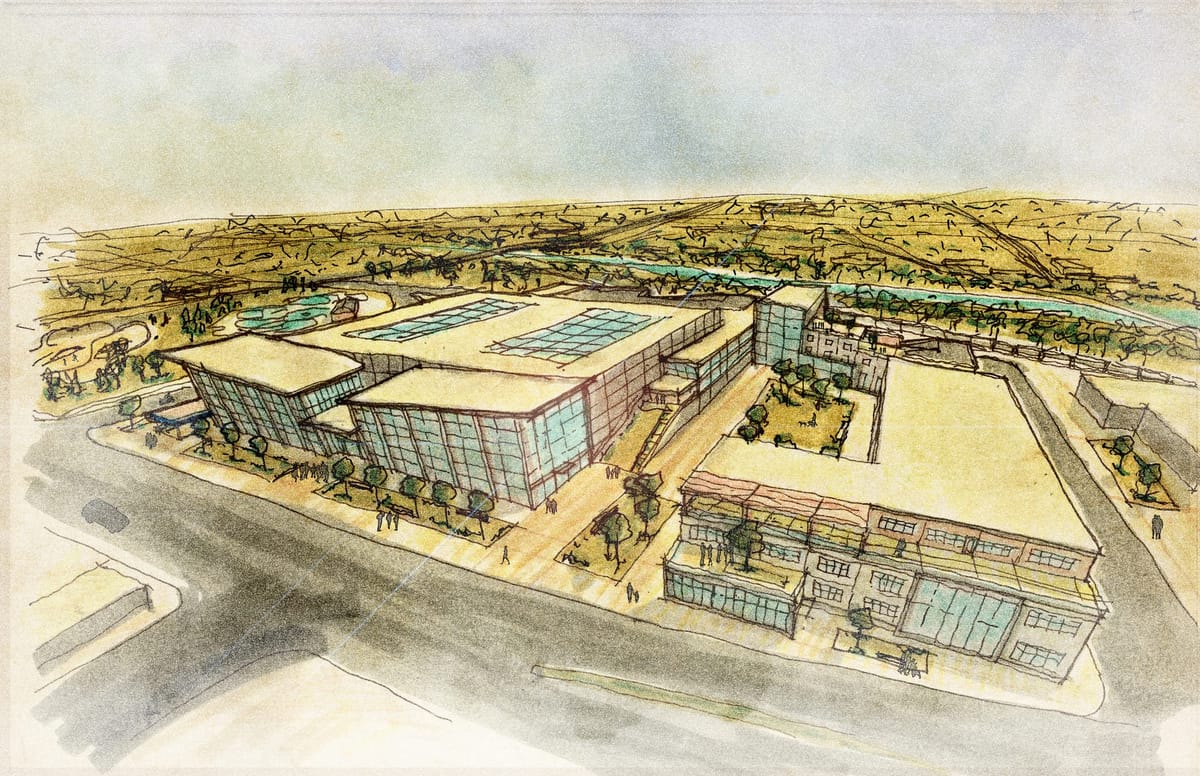
What happens next?
Ever a baseball analogy enthusiast, TenHaken said we're, "still in the first or second inning of this thing."
The first major step is seeing whether the City Council approves a plan to spend $8 million to purchase the land itself – a proposal TenHaken anticipates they'll approve.
Then, it'll be time for more research into what the building could cost, what it might look like and delving into further specifics on how to fund it.
Ultimately, TenHaken expects it'll be put to a public vote.



